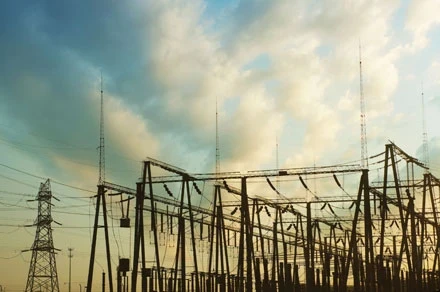
Pathways Initiative Proposes Regional Organization to Oversee Western Power Markets
In a landscape characterized by evolving energy demands and increasing pressure to transition to renewable sources, the Pathways Initiative is proposing a significant restructuring of power market oversight in the Western United States. This initiative seeks to create a regional organization that would manage and coordinate power markets, including the Energy Imbalance Market (EIM) and the Extended Day-Ahead Market (EDAM). The proposal reflects a broader recognition of the complexities and challenges inherent in managing a...














